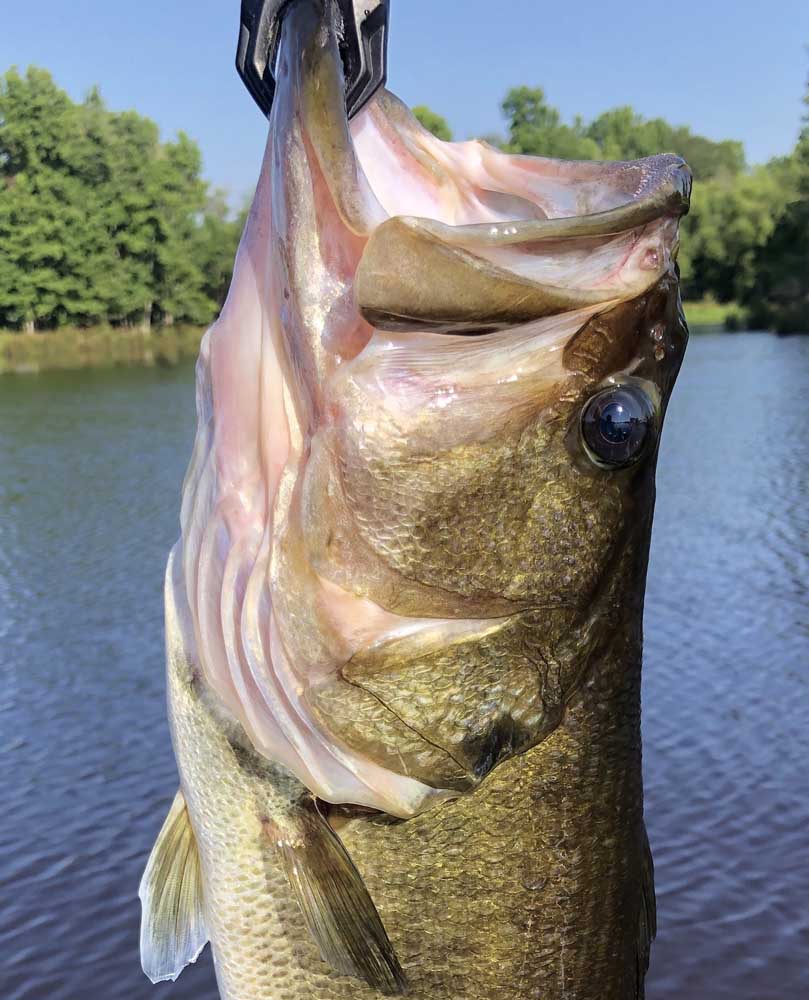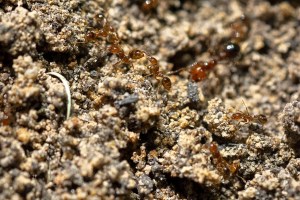What’s For Supper: Regulations help protect freshwater fisheries from commercialization
Published 3:57 pm Thursday, March 10, 2022

- Freshwater sport fishing is an almost $1 billion industry in Texas. While it is legal to sell game fish in the state, rules help conserve fish populations in the state’s lakes.
Every once in a while I come across a nugget of information that surprises me.
For example, did you know it is legal to sell largemouth bass to a restaurant or grocery store in Texas?
Trending
Me neither.
What got me thinking about it is a recent brouhaha in Florida where the state legislature last year approved the sale of bass by fish farmers for purposes other than stocking in lakes.
I was surprised by the move because in Florida the genetics of their largemouth bass alone are a commodity and probably worth more than the guesstimated $5.75 a pound fish farmers claimed the fish are worth as a food source.
Opposition to the new Florida rules came from angler groups who understand what they have in their fisheries and are afraid something could happen to it by fish escaping aquaculture operations into the wild, or by those who attempted to use the state’s wild resources for financial gain.
That led me to Texas Parks and Wildlife Department with the question of what is legal and what is not. I seemed to remember years ago that some restaurants served fresh catfish caught by local commercial fishermen, but had not heard of that in years because it just was not an efficient or cost-effective way to supply the need.
With regulation changes in the last couple of years, I also knew there was a commercial license for alligator gar, but there were only a few active and the take was limit.
Trending
What I learned about largemouth bass, along with other species considered sport fish, at first surprised me. Then when I learned the stipulations, I felt a lot better about it.
“Sale of largemouth bass reared from private water by a fish farmer with applicable licenses is legal in Texas, provided the fish being sold are larger than fingerling size, meaning adult bass, and are fed a commercial, pelleted diet and not natural prey fish. This requirement was put in place so law enforcement could take samples of filets from any bass being sold for human consumption, which seldom happens, and lab-confirm whether it contains a certain level of lipid content indicative of pellet-fed diet and not wild sourced,” Craig Bonds, TPWD Inland Fisheries Division director, explained.
It makes sense that largemouth bass are not a big menu item because truthfully they are not the best tasting fish in a Texas lake. I think that honor goes to crappie and then catfish.
My opinion is backed by fishermen who seldom keep their catch. Randy Myers, TPWD district biologist from San Antonio, looked into the numbers and said overall statewide harvest of legal-sized bass is 11 percent, 16 percent on lakes with statewide 5-14 regulation. He added fishermen harvested just one of every 10 legal bass caught, and one of 17 bass caught.
Another reason bass may not be on menus is that they are expensive to raise on pellet feed. Using total weight to filet estimates data from catfish, it would take a bass weighing 2 ½ to 3 pounds to get a pound of meat.
So, what about catfish? It seems that with the proper license and under certain rules, blue and channel catfish can still be harvested commercially, but only in certain counties. Bonds said it would be legal in Angelina, Bowie, Camp, Cass, Chambers, Franklin, Freestone, Gregg, Hardin, Harris, Harrison, Jasper, Jefferson, Lamar, Leon, Liberty, Madison, Marion, Montgomery, Morris, Nacogdoches, Navarro, Newton, Orange, Panola, Polk, Red River, Sabine, San Augustine, San Jacinto, Shelby, Titus, Trinity, Tyler, Upshur, or Walker County. It is also legal on the Neches or Trinity River in Houston County, the Colorado River in Bastrop, Colorado, Fayette, Matagorda, or Wharton County, and Falcon Lake in Starr or Zapata County.
It seems like Texas’ system of mix and matching recreational and commercial fishing is successful, and that is important.
“Roughly 1.2 million freshwater anglers spend just shy of a billion dollars in economic expenditures annually in Texas, with about 80 percent of freshwater fishing occurring on public reservoirs. Black bass are the most highly sought-after species group with trips targeting bass comprised of 60 percent of all fishing trips in Texas reservoirs during the last three years. Given these statistics, Texas reservoir bass angling accounts for about half of all freshwater fishing economic expenditures,” Bonds said.





